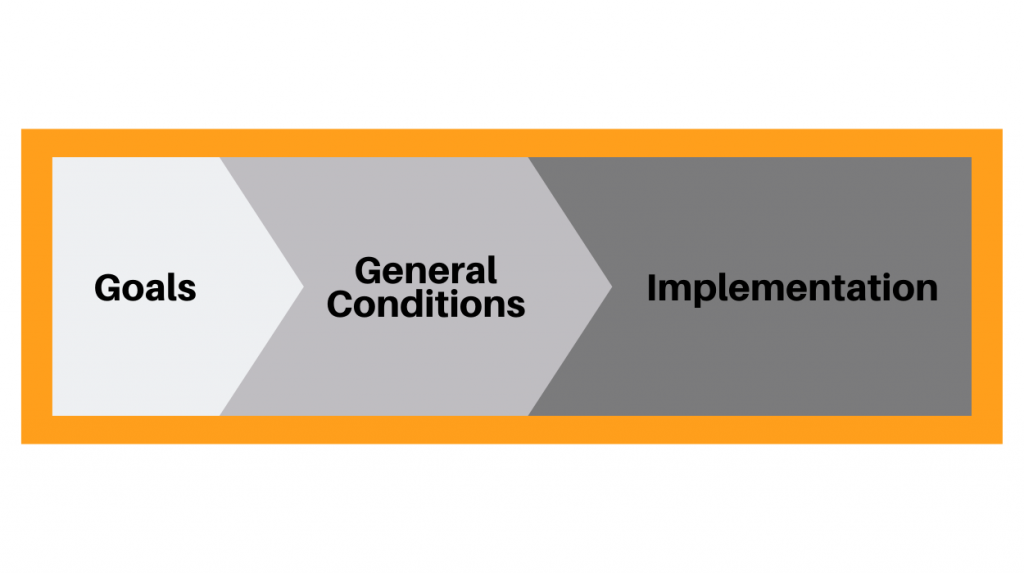You've implemented new enterprise software, but now you are faced with the following problem: Your employees don't understand the software. But where did you take a wrong turn? Let's take a few steps back together and see what processes you might have overlooked to help your employees understand the software. How do you do a better job of introducing the software? What points should you consider next time so that no one is left behind?
In this article, we'd like to look at software implementation in the context of change management. But what is change management anyway? The business dictionary defines it as follows:
Change management is the 'ongoing adaptation of corporate strategies and structures to changing conditions.' This can also be seen as a process for implementing change in companies.
However, it is often easier said than done, as 70% of change management processes either fail or fizzle out. We would like to take a look at the steps that need to be gone through to ensure that everyone involved is involved and, in retrospect, satisfied with the new enterprise software. What methods from change management can be adopted to make the process even more successful?
The problem with digital technologies: User manuals
Who hasn't experienced it? You've just bought a technical device and now you don't know what to do - the user manual is too complicated and you have no clue how to operate the device. But even the simplest piece of IKEA furniture can end up in a disastrous setup if the instruction manual is faulty or incomprehensible.
The industry association Bitkom examined this very problem by means of a representative survey and established the following: Just under half (47%) of people in Germany have problems understanding operating instructions and thus making better use of digital technologies. Although the interest is there, the majority of respondents (61%) would like easier-to-understand instructions, personal help (48%) and simpler user interfaces (40%).
The question now is how this can be transferred to the introduction of enterprise software. It's quite simple: If employees are not introduced to the new software step by step and in a way that is easy to understand, this leads to frustration. This reduces the willingness to learn how to handle and use the software properly. Fears, mistrust and the feeling of being left in the lurch lead to massive initial difficulties that can be hardly reversed and prevent a good introduction process.

